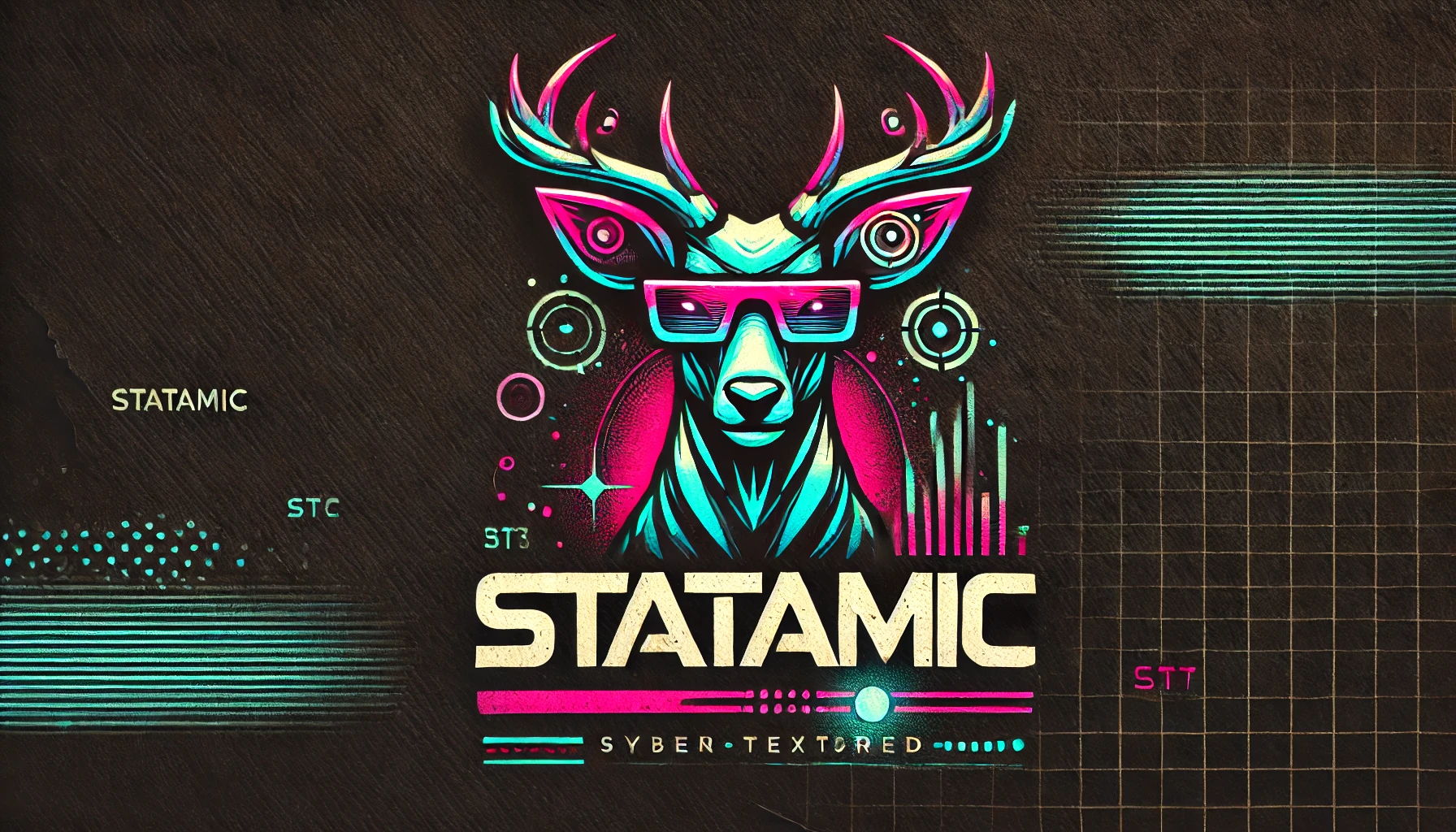When it seems like everyone else is using WordPress, why use anything else?

If you’re looking to just plop a generic theme on the internet and replace placeholder text with your company name and phone number, then maybe you should just use WordPress.
But if you're looking to build and maintain a website that can adapt the way your business adapts, keep reading...
This article explains how Laravel-Statamic saves you money, keeps you safer, and makes changes faster than any other CMS.
Let's talk about features first.
Comparing any CMS to WordPress feature for feature is a pointless endeavor. For every imaginable feature under the sun there's a WordPress plugin somewhere that can "do it". Instead, let's look how the features are built and supported.
Statamic's core features are designed to handle everything most sites need with no plugins required. Custom fields, collections (content types), forms, search, navigation builder, live preview, user management, real time collaboration, taxonomies, you name it — all working gracefully together, built and supported by the same team.
Statamic takes a "building block" approach, and build more complex features out of smaller, simpler ones. For example, the block based editor, Bard, allows you to create your blocks from any other existing fieldtypes instead of requiring custom React and JavaScript programming. In a few moments you can build and manage any kind of data structure with familiar UI without having to reinvent anything.
Clean & consistent conventions help developers find efficiency and increase maintainability.
The lack of modern conventions has forced the WordPress community to devise workarounds. Today there are so many ways a site could be built: page builder, block editor, classic editor, ACF, React, or some Frankenstein-inspired hybrid-backend.
Statamic’s content editing experience is much more consistent and easier for content editors to understand than WordPress. Every Statamic site follows similar structures and patterns, which brings joy to writers and developers alike.
Leave custom functionality (or full applications) to Laravel.
One of the biggest challenges with WordPress is deciding how to approach custom functionality. If you build a plugin, you need to dance your way around WordPress's legacy architecture in order to take advantage of the last 10 years of progress in the world of PHP.
If you choose to build a separate application to use a modern framework like Laravel or Rails, you have to find ways of gluing your website and application together. This creates technical debt and is a source of complexity (and often resentment) for your developers.
Statamic is built as an installable package for Laravel – the number one PHP framework available today and the most popular backend framework on GitHub. This gives you access to the entire framework to build anything you want, any way you desire. It also opens the gates to the Laravel community, widely regarded as one of the largest and most welcoming developer communities in the world.
Simply put: WordPress is targeted at blogs and simpler informational sites, while Statamic is designed specifically to build and manage bespoke (custom) websites. WordPress gets complicated quickly while adding custom functionality, and Statamic thrives with access to entire Laravel ecosystem.
Left out the database and unlock powerful workflows using flat files.
Statamic stores all of your content, templates, assets, and settings in files instead of a database. You can see them, touch them, edit them in any editor of your choosing, and even email them to a colleague.
This allows to version control your entire website. You can roll the site back to any point in time, work on alternate "branches" without affecting the site and merge changes back when they're ready.
Your site is always backed up and every change can be audited. Anything can be copy & pasted or shared between multiple sites. Developers are more productive when working with version controlled code, and their changes can be deployed to your live site instantly without taking it offline.
If you ever do need a database, Statamic's data storage system can be adapted to any storage method – from MySQL or MongoDB to Firebase.
And then there's security.
94% of the websites hacked are running WordPress. It is the most targeted and vulnerable CMS on the market.
If you don't have a developer dedicated to keeping your site up to date, you are vulnerable. Emergency developer support to recover or restore your site can be expensive, on top of lost business from an exploited site or data leak.
3 reasons Statamic is more secure than WordPress
- Most website hacks are done through SQL Injection. Out of the box Statamic doesn't use a database, thus eliminating most forms of automated attack.
- Statamic's developer team maintains all of the fundamental features most websites need. You will not need 50 plugins by 50 authors of questionable quality to build your site. This is why WordPress is so vulnerable.
- Statamic is built on Laravel, widely regarded as the most secure and well-maintained PHP framework today. WordPress is more like new wine in an old wineskin.
The Content Editing Experience
Each Statamic site is fine-tuned and configured for the sites actual content. You are not stuck with one giant "What You See Is What You Get" field, nor are you decieved by the over-promises of "page builders".
Simplicity First, Complexity Later
It’s much more efficient to turn on the things you need, enable features you plan to use, and name things the way you want, than spend precious time clicking about the control panel disabling everything you may never end up needing. This allows developers to jump into new projects faster than ever.
When the need for complexity arrives — whether driven by traffic or business needs — Statamic will scale with you. Swap the flat file approach for a database, or cloud data provider, switch into Headless CMS mode and use React/Gatsby, JAMStack, power mobile applications, or any number of other tech approaches.
And if you need to build a full-scale custom application, Laravel is under the hood, ready and waiting.
What about money?
Yes — WordPress is free, but most projects require a least a few paid plugins to cover all the basic features. After buying Jetpack, Advanced Custom Fields, an SEO plugin, and a forms plugin, you'll probably find yourself spending at least a few hundred bucks a year. That money is going to different teams with different goals and different priorities, each with different proceedures for support, updates, and billing.
Oh, and all those features that don't come with WordPress? They're all included in Laravel-Statamic core.
Compare that to $259 one time and an optional $59/year for updates and developer support — all in one place, with one invoice.
By paying for software, your money goes directly towards supporting and improving it.
When software is free, you are the product.
